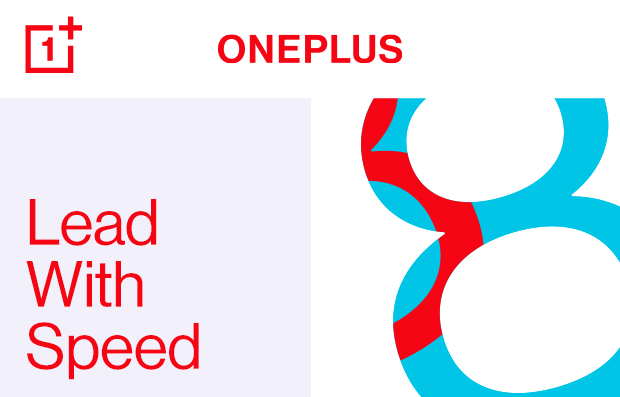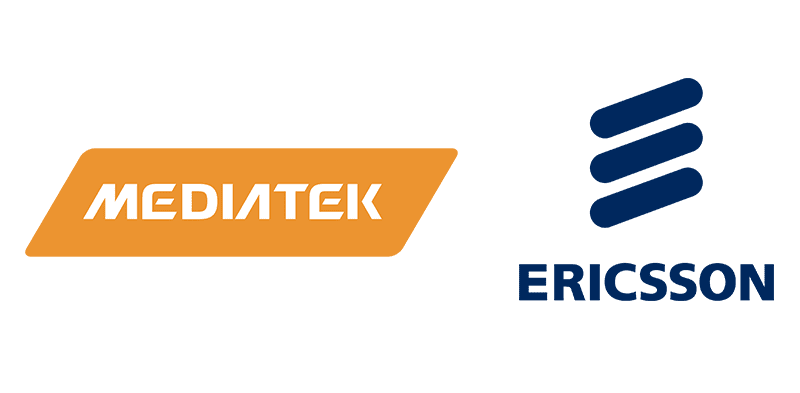Update: October 1, 2020 (4 AM ET): OnePlus is rolling out the Oxygen OS 10.5.9 update to the OnePlus Nord.
The update numbered 10.5.8.AC01DA in India, 10.5.8.AC01BA in the EU, and 10.5.8.AC01AA in other global markets finally brings a new Android security patch to the Nord. A laundry list of tweaks to camera image stabilization, display calibration, and network stability are also lumped in.
The September Android security patch is included with this update as OnePlus skipped August’s patch in the previous rollout.
Find the changelog below:
- System
- Newly added “Hide silent notifications in status bar” feature to filter unimportant notifications, making the app notification management easier (Route: Settings > Apps & Notifications > Notifications> Advanced > Hide silent notifications in the status bar)
- Optimized the expanded screenshot user experience for some scenes
- Fixed known issues and improved system stability
- Updated Android security patch to 2020.09
- Camera
- Optimized image stabilization performance
- Display
- Improved general display calibration
- Network
- Optimize the network stability
Read on to know about previous OnePlus Nord updates and mark this page for all future software releases.
Original article: August 10, 2020 (5:09 AM ET): Welcome to the OnePlus Nord update hub. Here you’ll find all the latest information about new and historical software updates for the OnePlus Nord. We’ll list the current software version for the phone and regularly update the hub as and when new updates roll out.
OnePlus phones run the company’s proprietary skin called Oxygen OS based on Android. OnePlus is usually very good with software updates and the OnePlus Nord should be no different.
Be sure to bookmark this page and check it often to find out what’s new with the Nord. Don’t have the phone but want to get in on the action? Then you can buy the Nord via the button below.
OnePlus Nord updates
- Current stable version: Oxygen OS based on Android 10
- When will OnePlus Nord get Android 11?: September-October 2020 (Estimated)
The OnePlus Nord officially launched on July 21 with Oxygen OS 10.5 based on Android 10. Just like other OnePlus phones, the OnePlus Nord will also get two years of software updates and three years of security updates — Android 11 in 2020 and Android 12 in 2021. It could even get an upgrade to Android 13 in 2022, as the OnePlus 3T received four versions of Android during its lifespan (Marshmallow, Nougat, Oreo, and Pie).
OnePlus rolled out (h/t Gadgets360) Oxygen OS 10.5.1 to the OnePlus Nord just a day after its launch. The software carried improvements for the depth sensor and indoor image quality. It also optimized power efficiency for 4K video recording at 60fps and improved the overall video recording experience.
A few days later, OnePlus announced Oxygen OS 10.5.2 for the OnePlus Nord. It came with newly adapted firmware for the OnePlus Buds, optimized the process of starting the camera with gestures, improved video calling, and introduced the July 2020 security patch to the phone. It also optimized power efficiency for 4K video shooting with the front camera alongside other stability improvements.
Related: OnePlus Nord price and availability: The info you need
In early August, the OnePlus Nord started getting its third software update in the form of Oxygen OS 10.5.3. This was a small one and just carried some system stability improvements.
On August 10, OnePlus started rolling out Oxygen OS 10.5.4 for the OnePlus Nord. This update improves the launch speed of the Gallery app, enhances the display experience, and fixes an issue with music playing in the background while using the front camera. The update further improves video call quality, color accuracy, and white balance of low-light selfies, as well as the vibrancy and color accuracy of the macro camera.
Later on August 24, OnePlus rolled out Oxygen OS 10.5.5 to the OnePlus Nord. The update brought a number of system bug fixes and power improvements to the phone. It also improved image clarity of the front camera in low light conditions as well as clarity of the macro camera.
In early September, OnePlus pushed Oxygen OS 10.5.7 to the Nord. The update wasn’t massively exciting but did bring improvements to power consumption and 4K 60fps video stabilization. Surprisingly, the Android security patch for August was missing from the equation.
Those are all the OnePlus Nord updates we know about till now.
Let us know which OnePlus Nord update you’re rocking in the comments, and if you’ve spotted a recent update we’ve missed, tip us!
Are you looking for another device update? Head to our general Android 10 update tracker at the link.
from Android Authority https://ift.tt/31BCYoT




